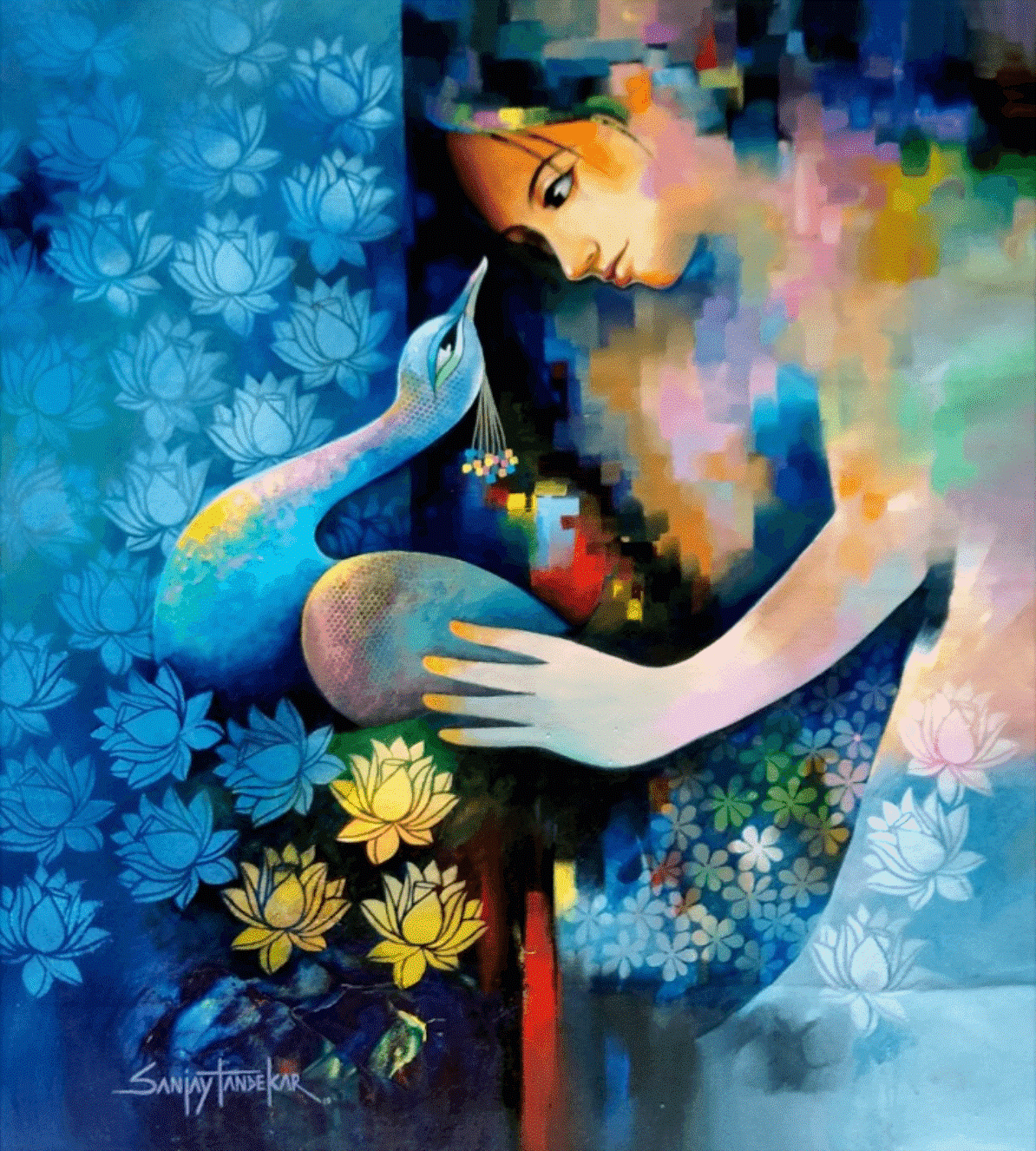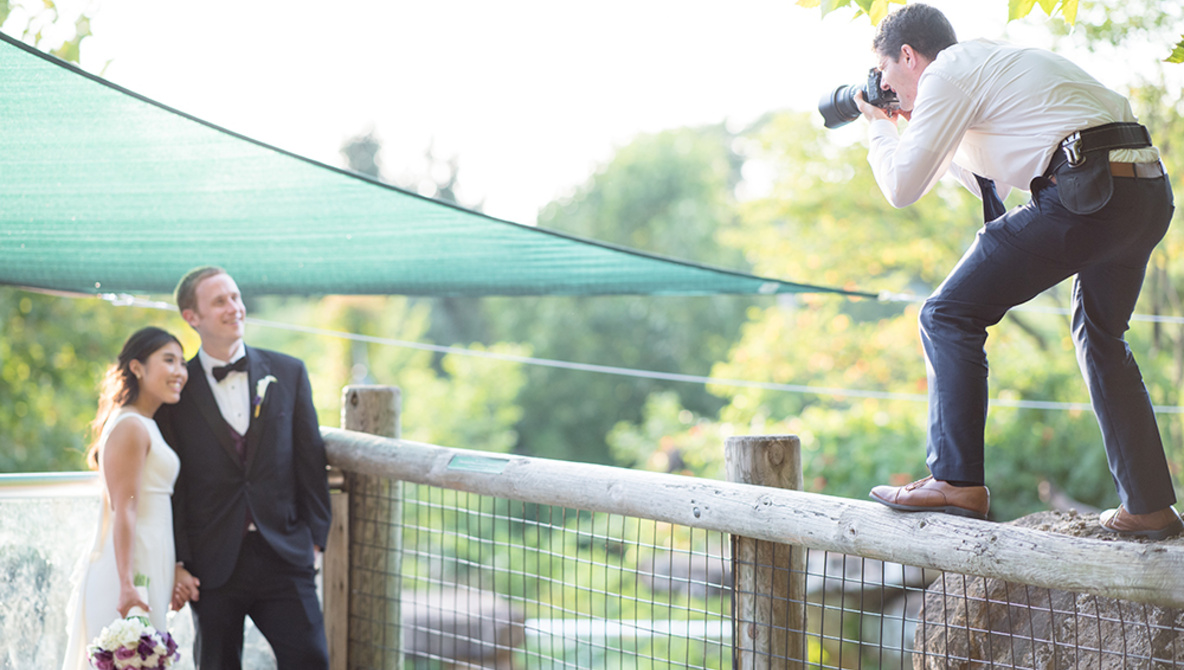The artists who associate themselves within the loose boundaries of abstract expressionism adhere to a style that aims to portray the state of their psyche. These personal expressions serve as portals to universal truths and philosophy of life.The style originated in the post-war scenario of America, heralded by Harold Rosenberg.
Abstract expressionist art does not restrict itself to codified rules. Unlike the ancient tradition of producing a picture strikingly close to visual reality, this process veers towards the portrayal of the subconscious of the artist through colours and brushstrokes. Each individual has their own method of analysing abstract expressionist art, since each piece evokes a subjective emotion in the viewer.
There are two techniques of painting abstract expressionist art: the Action painting and Color Field Painting. Mark Rothko’s most reputed works are his later ones which are in the vein of Colour Field Painting. Rothko developed his own style over the years and finally, was able to express basic feelings like “tragedy, ecstasy and doom” through colours. Standing in front of his large canvases, the viewer feels the similar spiritual elevation that drove the artist. Colour Field paintings tap into the collective consciousness and lead one to primitive myths. Barnett Newman aimed to overwhelm the audience with colossal feelings through scale and colours.
Critic Harold Rosenberg termed the name Action Painting when he came upon the drip painting of Jackson Pollock. Pollock found that by placing the canvas horizontally on the floor, he could be the closest to his art because he could move around the canvas. Thus, action painting invioles the artist’s direct relationship with the canvas. Here, the canvas was an “arena” upon which you act out an event by regarding it as a space free of visual rationality and logical representation. Franz Kilne, Willem de Kooning and Joan Mitchel are some important composers of Action painting.
There are some board characteristics that define Abstract Expressionist paintings.
Firstly, the forms and structures that are depicted in the paintings might be inspired from visual reality but they are, primarily, conjured up in the artists’ mind. The colours and the patterns cohesively emote the concept that the painter has strove to convey.
And secondly, such paintings emphasize on spontaneous expression of the subconscious. Therefore, no strict rules exist to direct the technique and implementation.
Abstract Expressionism in India
Europe had been a centre of genius in the fields of art and culture with the likes of Van Gogh, Da Vinci and Picasso. When the Second World War deluged the countries involved, many European artists escaped to the United States of America for a better state of life. New York was laden with consequences of war and conflict in the years between 1943 and 1959. Yet, post-war American art reached a new epoch during the 1940s-50s and presented itself to the world as a force to reckon with.
Abstract Expressionism dominated the artistic scene of America as the first ever modernist movement of the country, upheld by the honourable critic Clement Greenberg.
In India, the movement of Abstract painting on Canvas flourished during the 1960s and 70s. Up until then, Indian artists explored the realms of traditional, indegenous techniques (like Batik, Warli and Gond) or delved into influences of Europe. In post-independence India, the autonomous technique of abstract expressionism became a significant form. Artists who championed the advent of experimenting with this modern style include H A Gade, Vasudeo S. Gaitonde, Ravi Mandlik and Natvar Bhavsar.
The abstract art movement in India communicated the artist’s mind through depiction of concepts and feelings. Eminent artists like Ram Kumar, S. H Raza, and J Swaminathan embraced the technique of abstraction.
Hari Ambadas Gade is recognised as a pioneer of abstract expressionist art in India. One of the principle founding members of Progressive Artists’ Group, Bombay (Mumbai), Gade believed in dynamic expression in art through unconventional execution. Instead of representing symbols of socio-political context, Gade ventured to portray abstract compositions of landscapes. He conveyed a unique dimension with the use of both palette knife and paintbrush. In the towns and cities of his canvas, the colours of nature blended smoothly with other objects.
H.A. Gade has a deep understanding of the use of colours: he used each for definition in picture. The way his works often denote a planned execution tends to his interest in Mathematics. His works show Cubist influences and thus, it makes his art all the more worthy of study.
V. S Gaitonde played a leading role in spreading popularity and knowledge about the style of abstract paintings in modern India. A co-member of Progressive Artists’ Group, Gaitonde arranged exhibitions on abstract art as well as took steps to mould his own identity as an artist.
As you move from artworks of 1950s to those of 1960s, you would notice the prominent transition from figurative to abstract. The artworks of Mohamedi incorporated calculated precision, and then Ram Kumar used fragmented tones and irregular lines. And finally, we come to Gaitonde’s spiritual endeavours.
Natvar Bhavsar is another notable name in the field of Abstract Expressionism. In his early career, he worked using Cubist techniques. He was introduced to the freedom and adaptability of abstract painting in New York City and thus, evolved his style in the Colour Field painting method. He integrated his methods with traditional Indian sand painting techniques.
Abstract art, and abstract expressionism in particular, liberated the artists into the world of their soul. Although the movements of the West gave a fresh milieu, abstract art has existed since prehistoric times. The cave paintings of Edakkal Caves of Kerala and the Ayers Rock in Australia are two examples. Today, the Mandala is regarded as another abstract way of depicting the spirit of the universe as felt by the artist in their psychological state. Indian artists, therefore, also had an ancient form of abstraction to derive inspiration from. The consequent products were a fusion of the ancient Indian and the Western influences.
Abstract Expressionist Art for Interior Design
Abstract paintings on canvas have achieved great recognition as the ultimate piece for interior designing. It is versatile and can mould its theme to the feel of the room. The colours, patterns and forms bring coherence in the decor and establish the desired atmosphere. Other than the fact that abstract paintings can appeal deeply to viewers, they also reflect the human condition of the 21st century. Young artists took up the mode of abstraction in India because of leading artists like Gaitonde. Indian art today adheres to the taste of a worldwide audience. Anyone seeking artwork for interior design can buy painting online . There are online art galleries, e-commerce websites as well as online auctions to pick your choice from. Art advisors and consultants are easily available to guide the process of selecting art for your interior space. Advent in technology and easier access has led to efficiency in buying, selling and distributing art.




